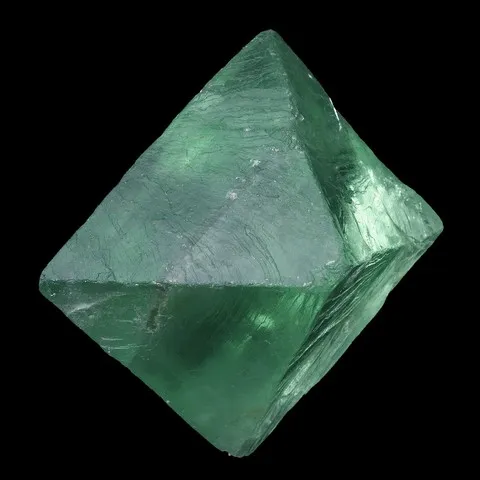What is cleavage in mineralogy ?
Cleavage : definition

Cleavage is the ability of crystallized minerals to break more or less easily according to certain privileged parallel planes corresponding to planes of the crystal lattice, giving smooth surfaces of regular appearance, called cleavage planes. It is said that the mineral cleaves. We must not confuse cleavage and fracture.
The cleavage planes are planes of the crystal structure and therefore commonly parallel to the external faces of crystals (galena, micas, etc...) ; they are therefore expressed as crystal faces, in Miller notation : {111}, {201}, {1101}. They are planes with a high density of atoms separated from each other by a relatively large distance. Due to this distance, the electric bonding forces which are exerted between two successive planes, of the Van der Walls type, are much weaker than those which ensure the cohesion of the atomic planes and will break preferentially under the action of pressure, thermal or mechanical shock, such as a hammer blow.

